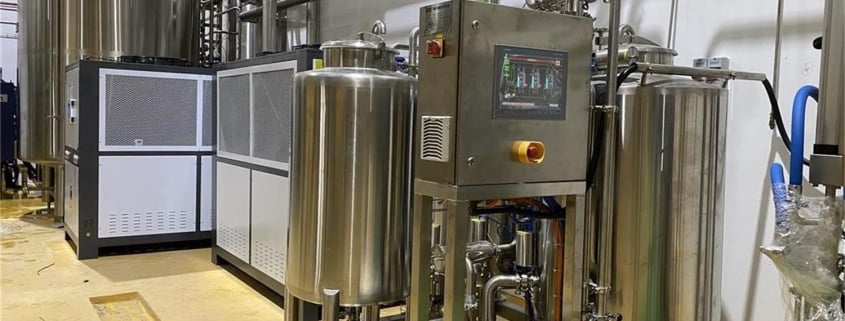Benefits of Owning Mini Breweries
Financial Advantages of Starting a Mini Brewery
And here’s the kicker: craft beer sells at a premium. According to the Brewers Association, craft beer makes up roughly 26.3% of the $116 billion U.S. beer market as of 2023. Consumers are willing to pay more for small-batch, handcrafted brews. You get better margins per pint, especially when you cut out the middleman and sell directly through your taproom.
Also, there’s less financial risk than you might think. With clever branding and community integration (think trivia nights and food truck pairings), mini breweries often gain strong local followings. They can even generate multiple revenue streams: merchandise, tours, tastings, and private events.
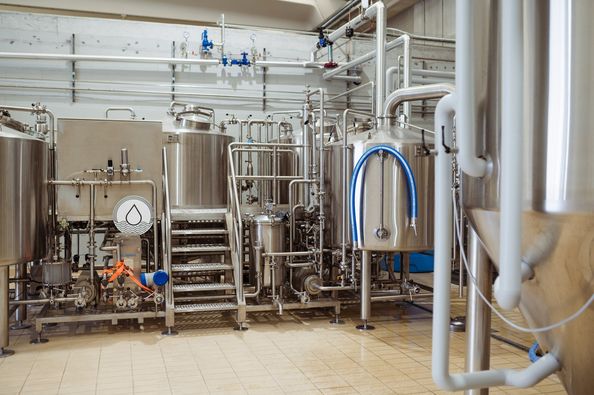
Creative and Product Control in a Mini Brewery
Ever dreamed of being your own boss and calling the shots? In a mini brewery, you get to decide what brews are created, how they’re flavored, and what stories they tell. It’s like being a chef in your own kitchen, but with hops.
This is where your creativity can really shine. Unlike larger breweries bound by consistency and mass production constraints, mini breweries have the freedom to experiment. Want to infuse a stout with chili and chocolate? Go for it. Thinking about aging a sour ale in whiskey barrels? Nothing’s stopping you.
You can adapt quickly to trends and seasonal preferences. Say the local farmer’s market has an abundance of peaches this summer—why not whip up a peach IPA? Small batches make it possible. Plus, you’ll build a brand that’s truly unique, one that beer lovers remember for its originality and personal touch.
And let’s not forget the satisfaction of seeing customers enjoy a product you handcrafted from start to finish. That’s not just control—that’s fulfillment
Growing Market Demand for Craft and Mini Breweries
Here’s a little industry secret: the craft beer movement isn’t a trend; it’s a full-blown revolution. And it’s still growing.
Consumers are becoming more educated and selective about what they drink. They want authenticity. They crave stories behind the brews. That’s why they’re ditching generic lagers for small-batch craft beer from local producers.
The data backs this up. The number of craft breweries in the U.S. has grown from just over 1,400 in 2006 to more than 9,500 in 2023. And despite increasing competition, demand is holding strong. People love discovering new beers, and they especially love supporting local businesses.
This surge in demand gives mini breweries a significant edge. You don’t need a national footprint to be profitable. A well-run mini brewery can thrive on community support alone. Add in social media buzz, local festivals, and loyal fanbases, and you’ve got a recipe for growth.
Community Impact and Brand Building Through Mini Breweries
| Aspect | Details |
|---|---|
| Local Engagement | Mini breweries often serve as community hubs, hosting trivia nights, live music, and charity events. They foster local pride and become part of the neighborhood’s identity. |
| Brand Authenticity | A mini brewery can tell a compelling story that resonates with its patrons. Whether it’s rooted in family tradition, local ingredients, or unique brewing methods, authenticity strengthens brand loyalty. |
| Collaborative Marketing | Partnerships with nearby food vendors, artists, or even other breweries can amplify your reach and appeal. Collaborations often result in cross-promotion and shared audiences. |
| Customer Relationships | The intimacy of a smaller operation allows brewers to interact directly with customers. These personal connections encourage repeat business and word-of-mouth referrals. |
| Events and Merchandise | Hosting beer tastings, launch events, or private parties creates memorable experiences. Selling branded glassware, apparel, or growlers boosts both revenue and visibility. |
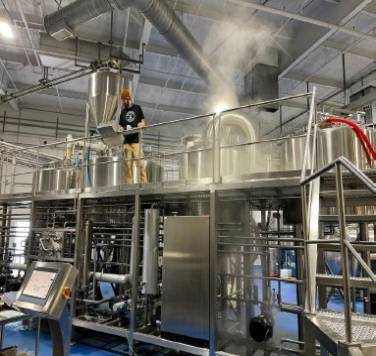
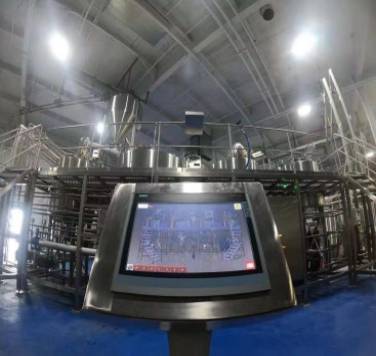

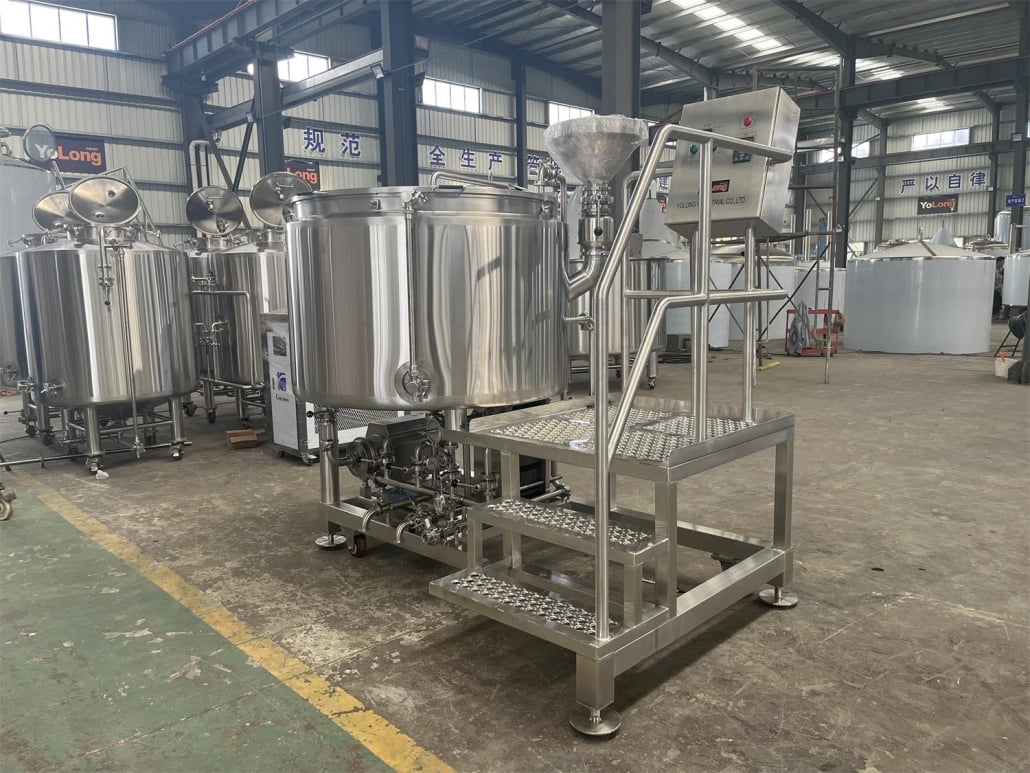

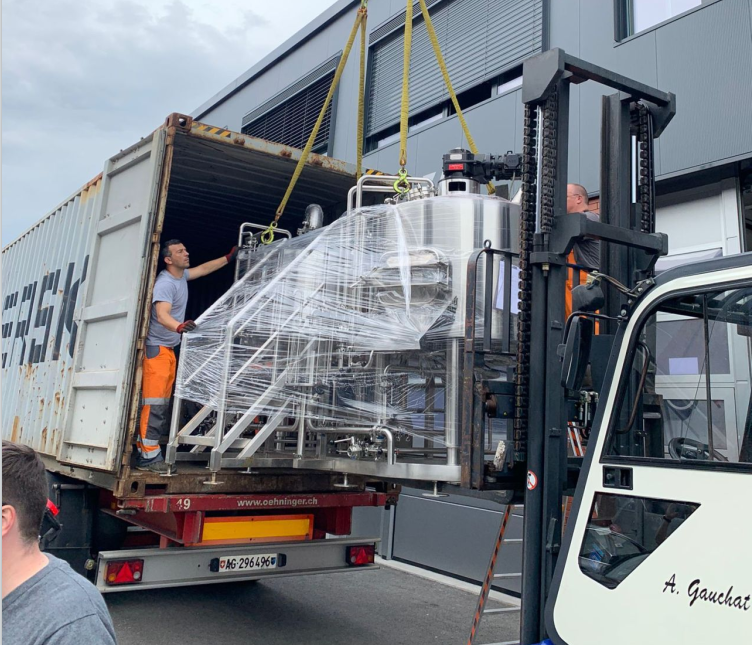
Sustainability and Scalability in Mini Breweries
Sustainability isn’t just a buzzword anymore. It’s a priority for many consumers, and mini breweries have a unique opportunity to lead the charge. Since they operate on a smaller scale, it’s easier to adopt eco-friendly practices like using local ingredients, recycling spent grain, and minimizing water usage.
Want to compost your hops or switch to solar power? Mini breweries can pivot quickly and test these methods without the bureaucratic red tape that slows down larger companies. It also resonates with a customer base that increasingly values green practices.
Scalability is another perk. You don’t have to go big right away. Start with a 3-barrel system and upgrade as demand grows. It gives you the ability to build organically, learning and improving as you go. With every batch, you refine your craft, develop a stronger brand, and increase capacity at a sustainable pace.
Challenges and Considerations of Owning a Mini Brewery
Okay, it’s not all hops and sunshine. Running a mini brewery comes with its share of challenges, and it’s only fair to talk about them.
Regulations are the first big hurdle. Alcohol laws vary by state and can be a bureaucratic maze. You’ll need permits for production, distribution, and sales—sometimes multiple licenses for just one location. It’s time-consuming, and legal advice is often necessary.
Then there’s the issue of competition. While the market is growing, it’s also becoming saturated in some areas. Standing out requires more than just good beer. You’ll need solid branding, clever marketing, and top-notch customer service.
Financially, the margins can be tight, especially in the early days. Equipment, rent, labor, and ingredient costs add up fast. Plus, there’s the learning curve. Brewing is both an art and a science, and mistakes can be costly.
But don’t let this discourage you. Every challenge is also an opportunity. With the right planning, passion, and persistence, a mini brewery can be a deeply rewarding venture.
Common Equipment Specifications, Sizes, and Prices for Mini Breweries
| Equipment Type | Common Sizes | Price Range (USD) | Space Requirements | Purpose |
|---|---|---|---|---|
| Brew Kettle | 3 – 10 barrels | $5,000 – $25,000 | 100 – 300 sq ft | Boiling wort during brewing |
| Fermenters | 3 – 10 barrels | $3,500 – $18,000 | 150 – 400 sq ft | Fermentation tanks for aging beer |
| Bright Tanks | 3 – 10 barrels | $3,000 – $15,000 | 100 – 300 sq ft | For conditioning and carbonating beer |
| Glycol Chiller | Varies | $4,000 – $12,000 | 50 – 150 sq ft | Temperature control for fermenters |
| Bottling Line | Manual to semi-auto | $2,500 – $15,000 | 75 – 200 sq ft | Packaging finished beer |
| Kegs | 1/6 – 1/2 barrel | $90 – $150 each | Minimal | Dispensing and storage |

FAQs
| Question | Answer |
|---|---|
| What is the minimum space required to start a mini brewery? | You can start with as little as 800-1,200 sq ft depending on your system size and layout. |
| Is owning a mini brewery profitable? | Yes, especially with direct-to-consumer models like taprooms. Profitability depends on efficient production and local demand. |
| How long does it take to start a mini brewery? | Between 6-12 months, accounting for permits, equipment installation, and brewing prep. |
| Do I need professional brewing experience? | It helps, but many owners start with homebrewing knowledge and grow into it. Courses and consultants can speed up the learning curve. |
| Can I expand a mini brewery later? | Absolutely. Many start small (3-5 barrel systems) and scale up based on demand and revenue. |
| How do I market a mini brewery? | Social media, community events, local collaborations, and storytelling are key. Build a brand as much as a beverage. |

